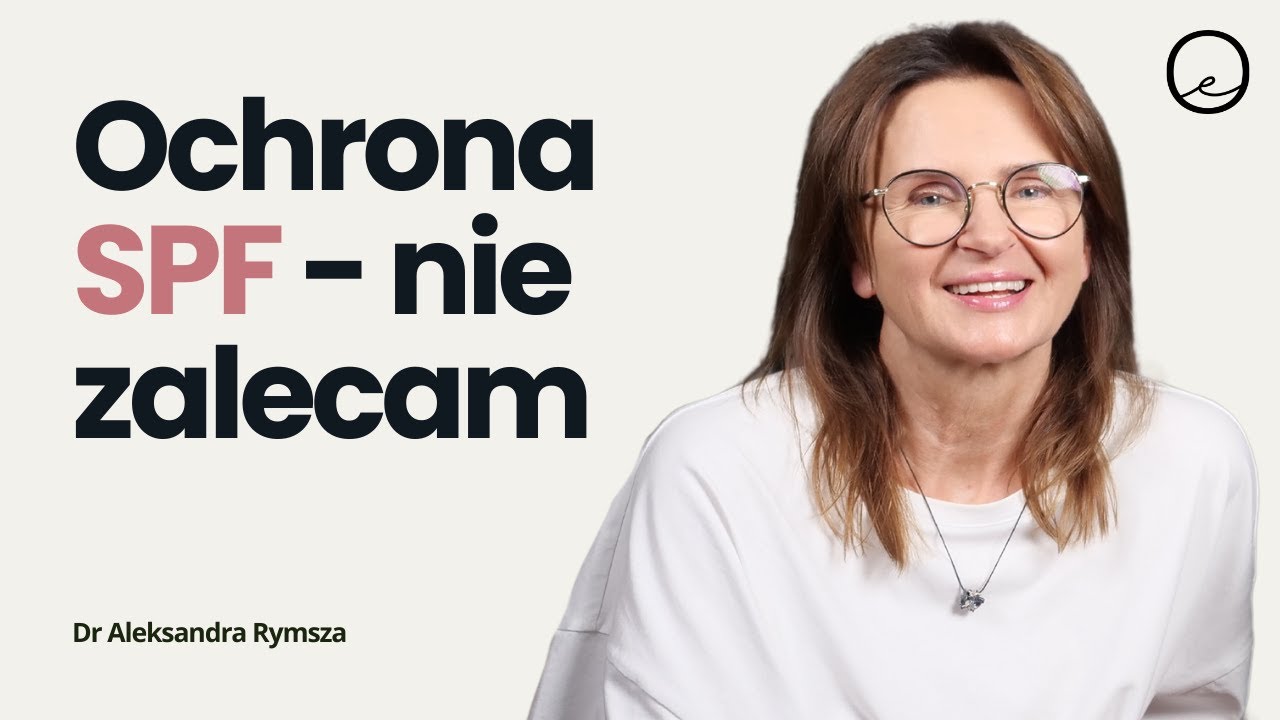The elixir of youth, or how PRP and I-PRF work
Author's note
Editorial
Substantive verification
Dr. Aleksandra Rymsza, M.D.
Reading time
12
min.
Published on
January 30, 2024

Is there a way to rejuvenate the skin that uses its own regenerative abilities? There is evidence that in the past, elderly aristocrats took baths of virgins' blood to stop the signs of aging. Fortunately, today we have easier, legal and reliable ways to slow down skin aging.
Platelet-rich plasma PRP and I-PRF are breakthrough methods that have taken the world of aesthetic and regenerative medicine by storm. Using natural ingredients taken from the patient's blood, the treatments effectively promote regeneration, reduce signs of aging and improve skin condition. What is behind the phenomenon known as the elixir of youth? We present the effects of these innovative therapies and explain why they are gaining such immense popularity.
Why is platelet-rich plasma called the elixir of youth?
As the years go by, the skin loses its firmness and the cell regeneration process slows down significantly, leading to the appearance of wrinkles and loss of natural radiance. Platelet-rich plasma (PRP) and platelet-rich fibrin (I-PRF) therapy has become known as the elixir of youth due to its ability to stimulate the skin's natural repair processes. Platelet-rich plasma, which contains concentrated platelets, is rich in growth factors that stimulate collagen production, improve microcirculation and accelerate tissue regeneration.
What is platelet-rich plasma?
Platelet rich plasma, also known as PRP(Platelet Rich Plasma), is a natural preparation derived from a patient's blood, which is distinguished by its high concentration of platelets. The preparation process involves drawing a small amount of blood and then centrifuging it to separate the plasma containing platelets from the rest of the blood, such as red and white blood cells.
Platelets present in PRP are a source of valuable growth factors that play an important role in tissue regeneration and reconstruction. When plasma is injected into the skin, these factors stimulate the production of collagen and elastin - proteins responsible for firmness, elasticity and a youthful appearance. In addition, they improve microcirculation, which promotes oxygenation of cells, and promote healing and reconstruction of damaged tissues.
Thanks to these properties, PRP is used not only in aesthetic medicine, but also in dermatology, orthopedics or sports medicine, where it helps regenerate ligaments, muscles and joints. In aesthetic medicine, platelet-rich plasma is valued for its ability to improve skin elasticity, reduce fine wrinkles, and treat problems like acne scars and alopecia. Moreover, due to the use of material from the patient's body, PRP is fully biocompatible and safe, and eliminates the risk of allergic reactions.
What is platelet-rich fibrin?
Platelet richfibrin, known as I-PRF(Injectable Platelet Rich Fibrin) is an innovative preparation derived from a patient's blood, which is distinguished by its unique composition and preparation method. The process of obtaining it differs from standard PRP because centrifugation of the blood is done at a lower speed. As a result, leukocytes (white blood cells) and stem cells, which play an important role in regenerative processes, are preserved in platelet-rich fibrin.
I-PRF is also characterized by a higher viscosity, which makes it form a gel-like structure, enabling a longer release of growth factors and promoting tissue regeneration at the site of administration. The fibrin acts as a kind of "matrix" that promotes skin and tissue regeneration, stimulating repair processes and collagen and elastin production. As a result, the effects of the procedure are not only immediate, but also long-lasting.
In aesthetic medicine, I-PRF is used for skin rejuvenation, reducing wrinkles, improving tone and elasticity, and treating scars and alopecia. Like PRP, I-PRF is an all-natural and safe preparation, as it is made from material taken from the patient, eliminating the risk of allergic reactions and reducing the possibility of complications.
What does the treatment with PRP and I-PRF look like?
Platelet-rich plasma (PRP) and platelet-rich fibrin (I-PRF) treatment is a relatively quick and minimally invasive procedure that combines the body's natural regenerative mechanisms with modern aesthetic medicine technologies. The entire process usually takes between 30 and 60 minutes, depending on the size and number of areas treated.
Prior to the procedure, the patient undergoes a consultation with a doctor, during which the patient's health is assessed, indications for the therapy are assessed and contraindications are ruled out. Then blood is drawn - usually 20 to 150 ml - from the patient's vein in a manner similar to a standard blood test. By comparison, blood donors donate 450 ml of blood during a single session. The collected blood is placed in a special centrifuge, where it undergoes a centrifugation process.
The plasma or fibrin obtained is then administered to the skin via mesotherapy. The doctor makes a series of precise, shallow punctures in the desired area, such as the face, neck, décolleté, hands or scalp. The procedure may be preceded by the application of anesthetic cream, which reduces discomfort during the procedure.
Thanks to its naturalness, PRP and I-PRF therapy is safe and has a low risk of complications. Preparations obtained from the patient's own blood do not cause allergic reactions, and the use of small punctures additionally stimulates microcirculation and repair processes in the skin. The results of the treatment are visible gradually - the effects of improving elasticity, skin tone or hair regeneration are visible within a few weeks, reaching the final effect after a few months. Depending on the patient's needs, the therapy can be repeated in series for optimal results.
Indications for treatment
- Wrinkles - both fine and deeper wrinkles on the face, neck and décolleté.
- Baldness - plasma promotes hair growth and prevents hair loss.
- Scars and stretch marks - the therapy speeds up the healing process and improves the appearance of the skin.
Contraindications to the procedure
- Systemic infections.
- Pregnancy.
- Blood clotting disorders.
Recommendations after treatment with platelet-rich plasma and fibrin
The treatments are minimally invasive and require no recovery period. For best results and to promote recovery, the patient should avoid excessive exposure to the sun for the next month, in addition, for a few days after treatment, intense physical activity that could cause unnecessary irritation or delay the healing process should be avoided.
Effects of platelet-rich plasma treatment
One of the main effects of the therapy is the improvement of skin elasticity and firmness. By stimulating the production of collagen and elastin, the skin regains its tone and elasticity, which is especially appreciated by those struggling with loss of firmness due to aging.
The effects are visible after the first session, and subsequent treatments enhance the results, leading to a gradual reduction in signs of aging. In addition, plasma and fibrin have a revitalizing effect - they improve skin hydration and skin tone, making it look healthier and more radiant.
By using the body's natural regenerative mechanisms , PRP and I-PRF treatments not only improve the appearance of the skin, but also promote skin renewal at the cellular level. This makes them an excellent choice for those seeking effective and safe methods of rejuvenation and regeneration.
FAQ
Is the platelet-rich plasma treatment painful?
The procedure is usually associated with minimal discomfort, although local anesthesia is available prior to the procedure.
How long do the effects of the treatment last?
Improvements in skin quality can last up to 2 years.
Are there any side effects?
Platelet-rich plasma is an autologous preparation, which means it carries no risk of allergic reactions or intolerance. Possible side effects include minor bruising, swelling or redness at the injection site, which usually resolve in a short time.
How often should the treatment be repeated?
The more advanced the separation system, a process that ensures a high concentration of platelets and growth factors, the less frequent the need for treatments. In our clinic, treatments are usually performed every 6-12 months.
What are the potential side effects of platelet-rich plasma treatment?
After the procedure, you may experience minor bruising, hematoma, swelling and redness at the injection site. These symptoms usually resolve within a few days. As with any injection, there is a risk of infection. Although PRP is an autologous material (derived from the patient's own blood), improper hygienic conditions can lead to infections.





.jpg)










